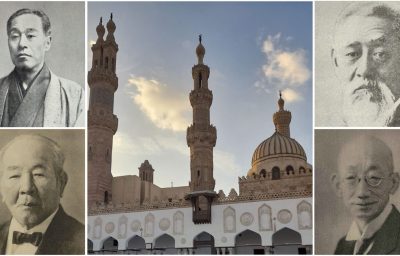COMMUNICATIONS
Essays
The Old Woman by the Sanzu River
SAKA Chihiro(Project Research Fellow)
November 22, 2024
I am interested in popular Japanese Buddhist conceptions of the afterlife, and my research particularly concerns belief in a figure known as Datsueba.
Datsueba is an old woman who strips the clothes of the dead on the shores of the Sanzu River, which people are understood to cross after death. Datsueba first appeared in religious texts around the eleventh century, and from the thirteenth century onwards began to be represented in Buddhist paintings, becoming an increasingly important element in images of hell and the afterlife. In addition to stripping the clothes of the dead, she came to acquire new qualities through association. In the Edo period, there are many instances of Datsueba being worshipped in her own right, beyond her place in beliefs concerning hell and its ruler, Enma. She bestowed blessings that were diverse in the extreme, far beyond what one might imagine given her original role. These included female salvation, safe childbirth, child rearing, cures for coughs and cavities, and improvements in sewing.
These diverse depictions of Datsueba extend beyond the confines of faith in Datsueba herself. Many images of Datsueba were worshipped as representations of quite different women. For example, images of Datsueba were used to enshrine mothers or nannies, or elderly women like Ono no Komachi in her later years. In such cases, the character of the woman in question would overlap with that of Datsueba, taking on a new personality resembling and differing from the originals.
I am presently interested in researching such examples of Datsueba being repurposed. I was inspired by my discovery that an image which I thought was Datsueba turned out to be someone quite different. At the time, I was very surprised and puzzled by how to connect this image with the worship of Datsueba, but my research is now heading in this new direction.

Postcard featuring Datsueba (early/mid-twentieth century).
Artist: Kasai Hōsai (property of the author)

Datsueba
Artist unknown (property of the author)




